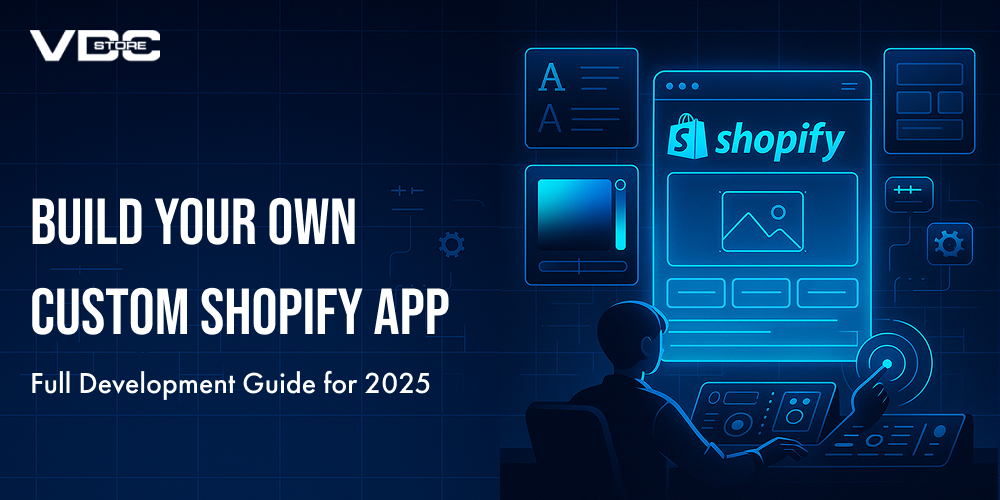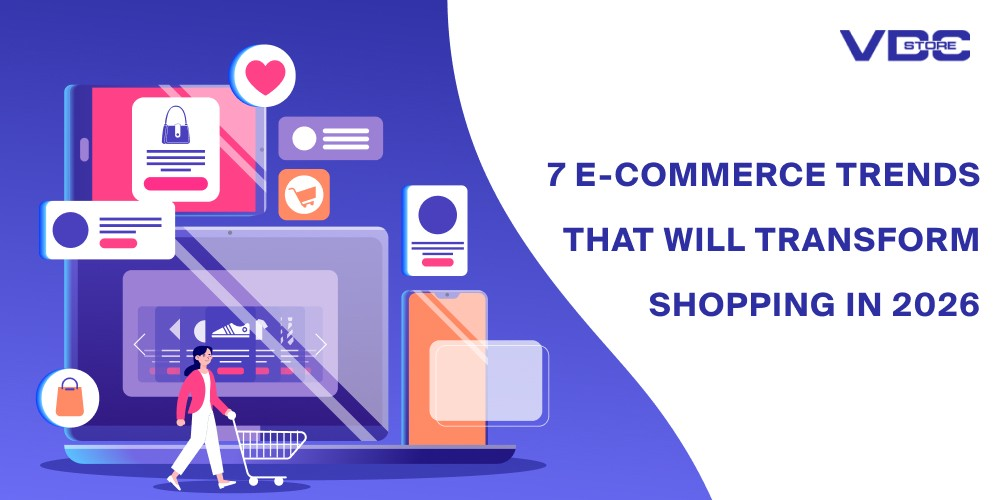Build Your Own Custom Shopify App: Full Development Guide for 2025
In 2025, creating a custom Shopify app is no longer just for tech giants—it’s a strategic move every growing eCommerce business should consider. Whether you’re aiming to build a solution tailored to your store or planning to launch the next top Shopify app on the Shopify App Store, this guide will walk you through every step.


Why Build a Custom Shopify App in 2025?
The Shopify App Store is packed with thousands of tools. But not every business fits into a one-size-fits-all box. A custom Shopify app allows you to:
- Automate unique workflows
- Create features specific to your product or audience
- Integrate third-party services that don’t yet have an app
- Offer a better customer experience without waiting for updates from someone else’s plugin
With Shopify’s continued dominance and the expansion of the Shopify Theme Store, standing out in 2025 means taking control of your store’s functionality—and that starts with custom app development.
Types of Shopify Apps You Can Build
Before diving into the development, it’s important to understand what kind of Shopify app you’re aiming for:
1. Public App
Listed on the Shopify App Store, these apps are designed for multiple merchants. If you’re trying to create the next best Shopify app, this is your route.
2. Custom App
These are tailor-made for a specific Shopify store (yours or your client’s). No listing required—just powerful features built for your unique needs.
3. Private App (now deprecated)
As of late 2022, Shopify recommends using Custom Apps over Private Apps for better security and scalability.
Step-by-Step Shopify App Development Guide
Step 1: Plan Your App’s Purpose
Start with clarity. What problem does your app solve? Is it automating something repetitive, integrating with an external system, or adding a storefront feature?
Create a basic user flow and define your app’s main features. The more specific your scope, the smoother development will be.
Step 2: Set Up Your Shopify Partner Account
To begin developing your Shopify app, sign up at Shopify Partners. This free account gives you:
- Access to development stores
- App creation dashboard
- Test environments
If your goal is the Shopify App Store, this is the first step toward publishing.
Step 3: Choose Your Tech Stack
Shopify apps can be built in a variety of languages, but the most popular stack in 2025 includes:
- Backend: Node.js or Ruby on Rails
- Frontend: React (using Shopify Polaris for UI)
- Database: PostgreSQL or MongoDB
- Hosting: Vercel, Heroku, or AWS
Shopify also offers the Shopify CLI and Hydrogen framework to accelerate development for apps deeply tied to storefronts.
Step 4: Build Authentication and Permissions
All Shopify apps must use OAuth 2.0 for secure installation. You’ll also need to request specific permissions (scopes) for your app to function.
Example:
- To access orders -- read_orders
- To manage products -- write_products
Your app will also need to handle installation callbacks, token management, and store session handling.
Step 5: Code Core Features
This is the heart of your Shopify app development project. Depending on your app type:
- Admin Apps (backend): Use REST or GraphQL APIs to interact with store data.
- Storefront Apps (frontend): Integrate using Shopify’s Storefront API and Extensions.
Don’t forget error handling, loading states, and user onboarding flows.
Step 6: Testing in a Development Store
Use your Shopify Partner account to create a development store and test every feature in a real environment. This ensures your app:
- Plays well with existing themes and Shopify apps
- Doesn’t slow down the storefront
- Works across different screen sizes and browsers
Step 7: App Review and Deployment
If you’re building a public app, submit it to the Shopify App Store for review. Follow Shopify’s updated checklist, including:
- Proper data usage policies
- Secure OAuth flow
- Screenshots and video demo
- Support contact and documentation
For custom apps, you can install the app directly on your store or deliver it to clients.
Tips to Make It the Best Shopify App
- Focus on UX
- Speed Matters
- Customer Support
- Analytics
Using Polaris, Shopify’s design system, ensures a seamless and consistent UI that feels native.
Avoid heavy code. Use async operations, lazy loading, and efficient queries to keep the experience snappy.
Even if it’s a custom app, include an in-app support option or live chat.
Track app usage so you can iterate and improve. Even private apps benefit from usage data.
SEO Tip: Shopify App vs Shopify Theme
If you’re also building a Shopify theme, consider the synergy between your theme and your custom app. Apps built with specific themes in mind are more cohesive and deliver a better end-user experience.
Consider submitting your theme to the Shopify Theme Store alongside your app for maximum visibility in 2025.
Common Use Cases for Custom Shopify Apps
Need inspiration? Here are some of the most in-demand types of custom Shopify apps in 2025:
- B2B Pricing Tools
- Inventory Syncing with ERP/CRM
- Custom Shipping Calculators
- Subscription Logic Beyond Shopify’s Native Features
- Advanced Product Bundlers
- In-store POS Sync Apps
Building for these niches can help you rank among the top Shopify apps this year.
Final Thoughts: Is Shopify Custom Development Worth It?
Absolutely. Whether you’re building a custom Shopify app to solve a store-specific issue or dreaming of releasing the best Shopify app on the Shopify App Store, 2025 is the year to start.
Shopify’s ever-expanding ecosystem means more opportunity, more complexity—and more need for custom solutions. Investing in Shopify app development now gives you the flexibility to scale, adapt, and lead.
Ready to Build?
Want a team that lives and breathes Shopify custom development? At VDCStore, we don’t just build apps—we build solutions that move your business forward.

 AUD -
Australian Dollar
AUD -
Australian Dollar GBP -
British Pound
GBP -
British Pound INR -
Indian Rupee
INR -
Indian Rupee SGD -
Singapore Dollar
SGD -
Singapore Dollar



